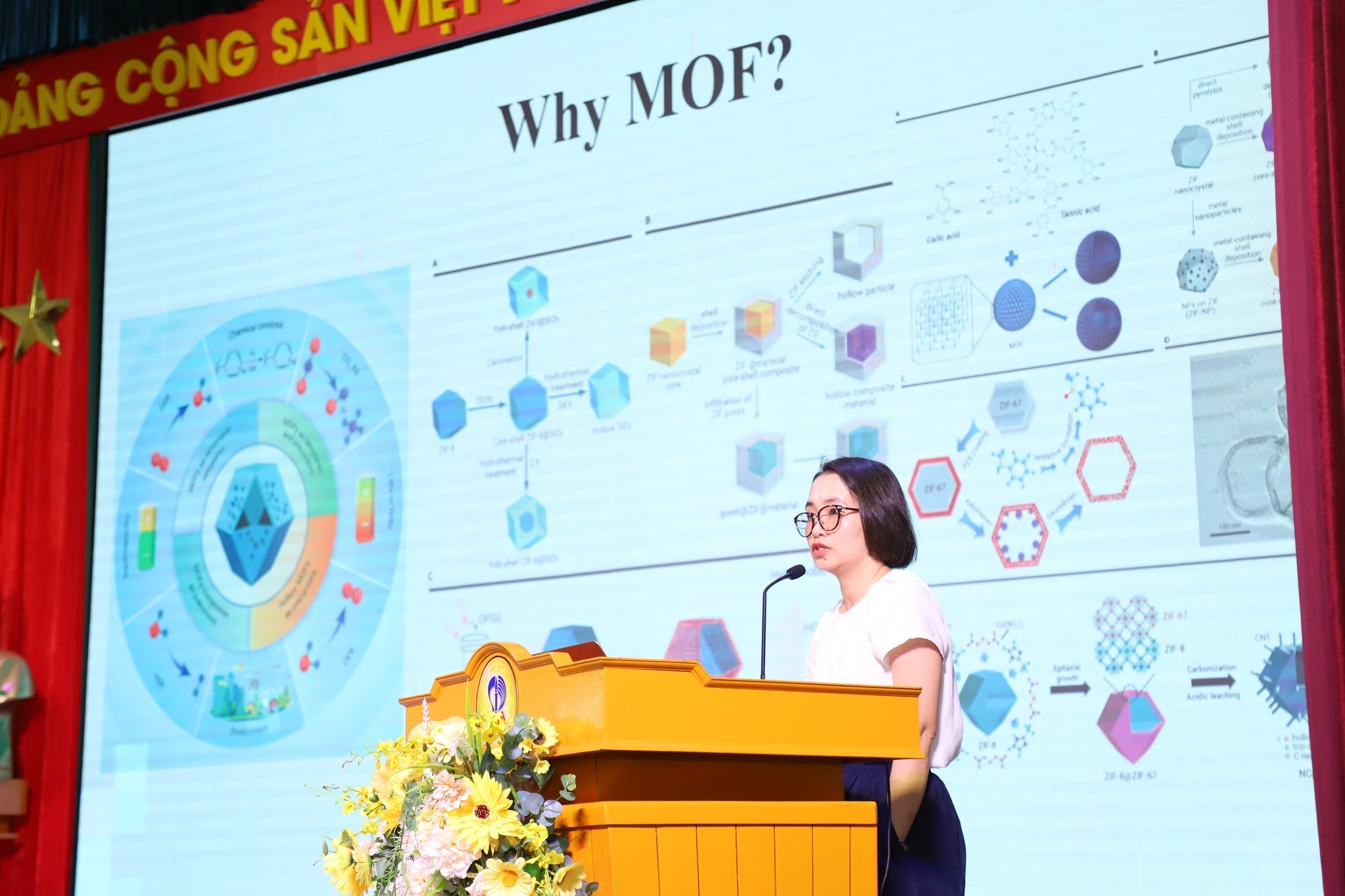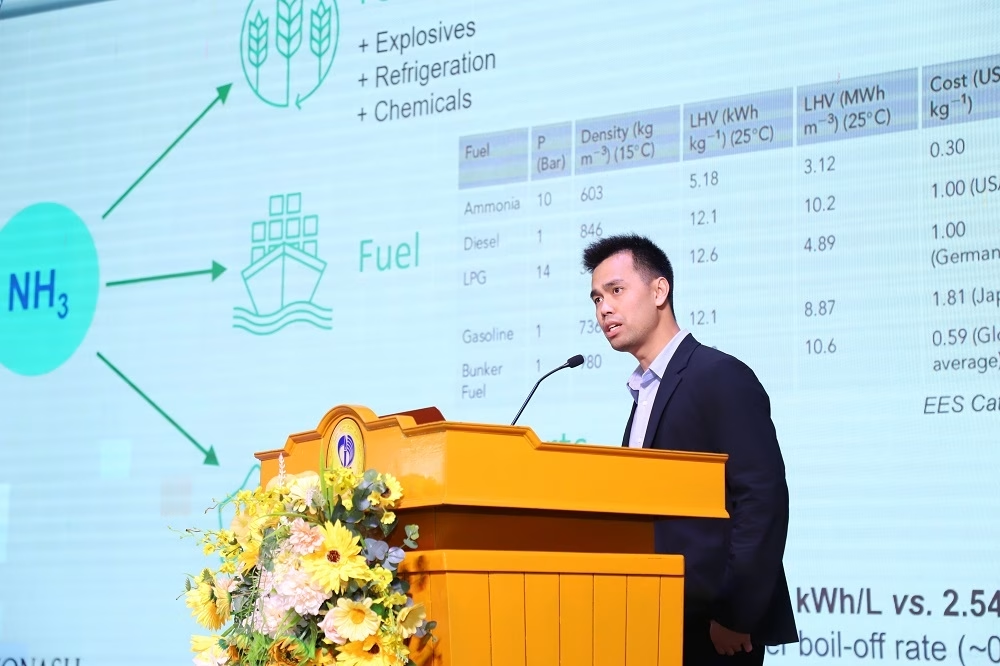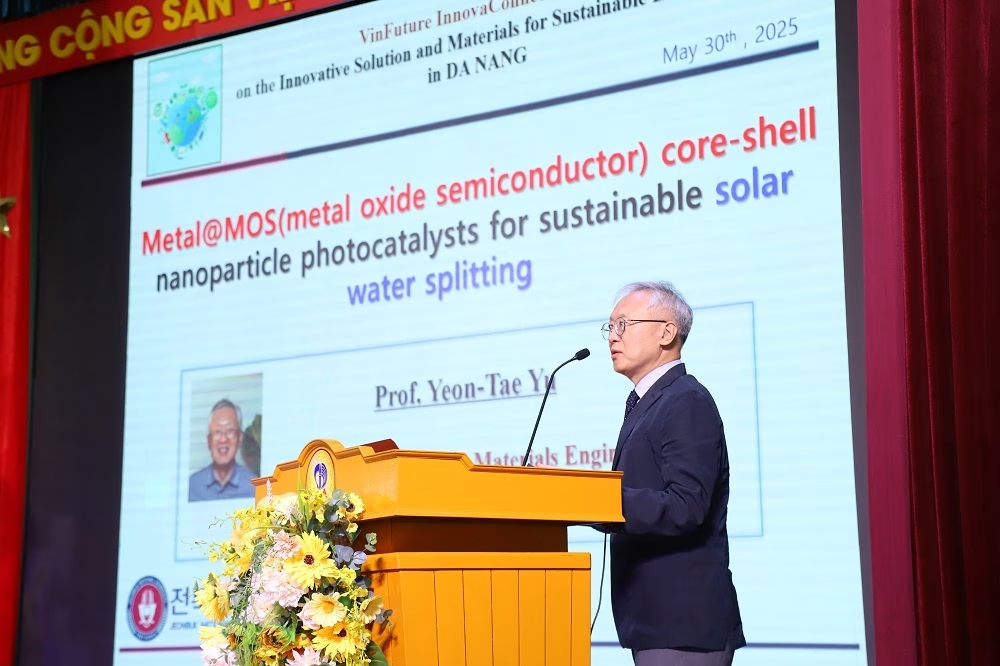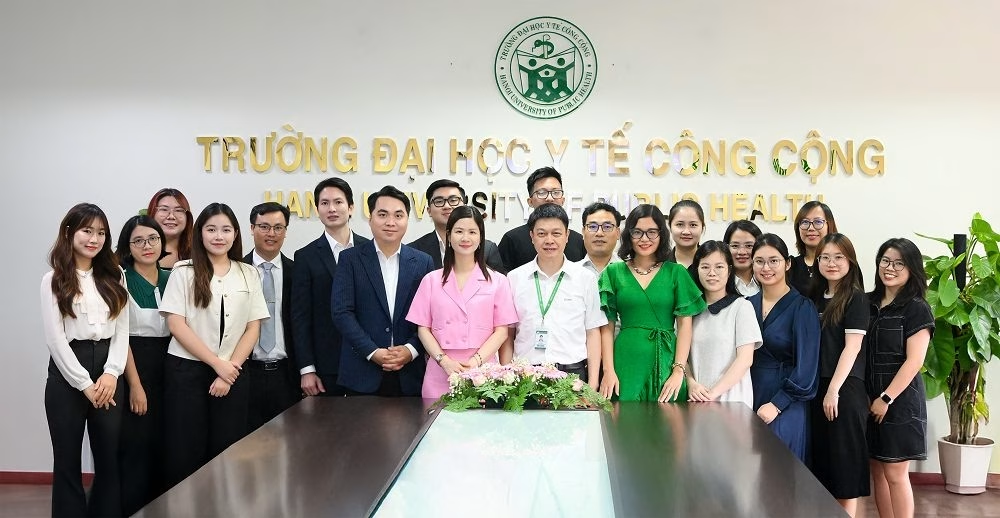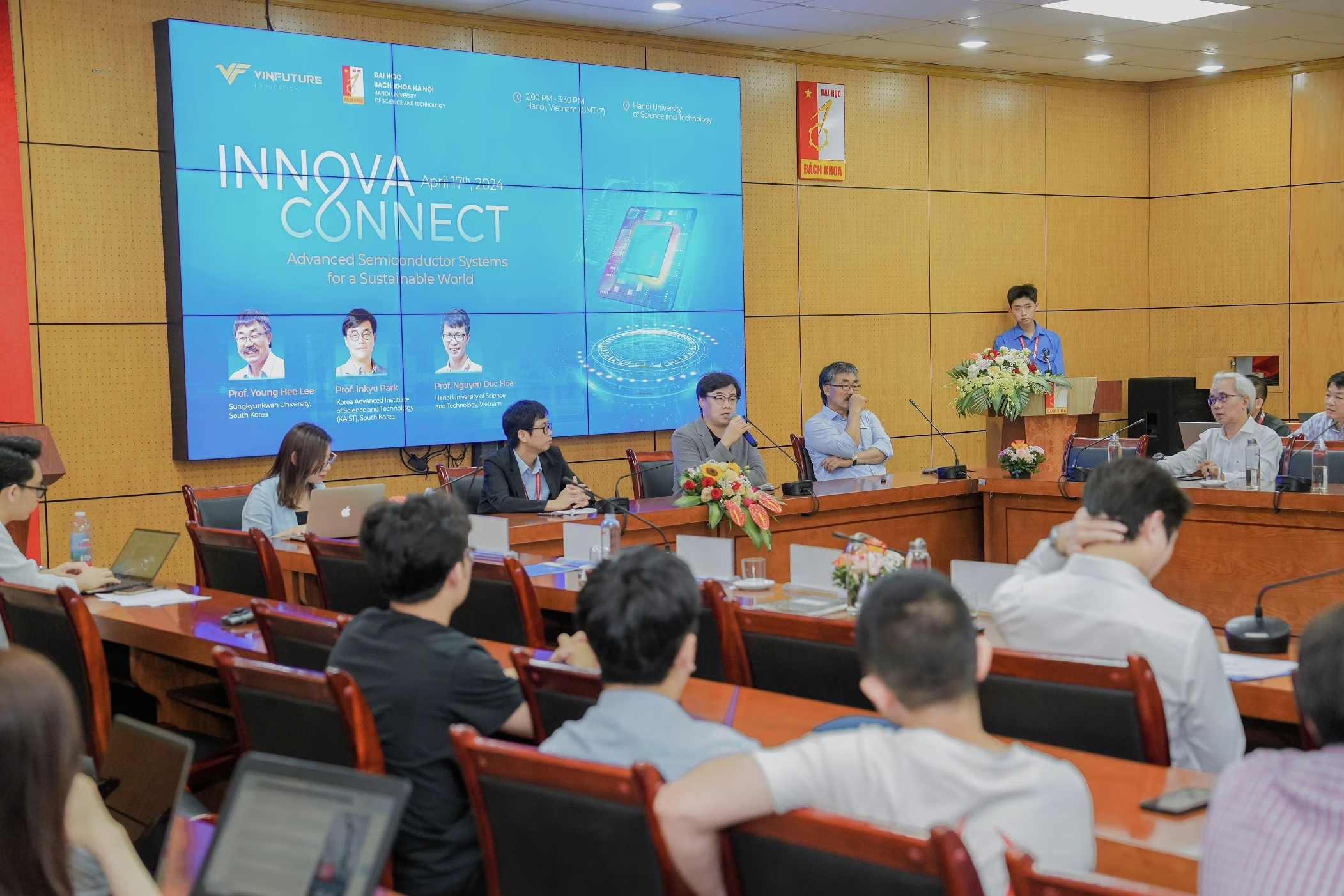New directions beyond silicon technology
Interviewer: Professor Lee, can you explain your presentation in simple terms so that the general audience can understand?
Professor Lee: My research focuses on semiconductor materials beyond silicon, specifically two-dimensional (2D) layered semiconductors. I have dedicated the past 15 years to studying this material due to its immense potential for the next generation of semiconductor technology.
Compared to silicon, 2D layered materials possess many advantages, including higher performance, higher flexibility allowing for faster computing, and lower power consumption – a key factor for future quantum computing. These are the critical components for the next leap in the semiconductor industry.
Previously, wafer-scale production of 2D materials was a significant challenge for the semiconductor industry. However, with recent breakthroughs, we have successfully achieved such manufacturing at scale. This is a major milestone, opening the door for widespread application of 2D materials in electronic devices.
With these advancements in materials and device performance, we have a solid foundation to continue researching and developing 2D semiconductor technology. This is the goal that I have been pursuing.
While scientists in the silicon industry are trying to improve the technology, there will inevitably be a limit. The way to overcome this limit is to use 2D layered materials. In my presentation at Hanoi University of Science and Technology, I provided an overview of these new materials, why they are more important than silicon, and the progress that has been made so far with 2D layered materials.
Interviewer: Can you share more about the importance of your presentation topic for countries that are starting to develop their semiconductor industry?
Professor Lee Young Hee: Currently, silicon technology dominates the semiconductor industry, with its development driven by Moore’s Law. However, this technology is gradually approaching its fundamental limits, such as the limit of scaling down to a few nanometers and the quantum mechanical limit. Therefore, finding new technologies to replace silicon is of utmost importance. Vietnam can take advantage of this opportunity to compete with leading semiconductor countries like Korea.
However, in my opinion, simply following the silicon technology path will not give Vietnam a competitive advantage. Instead, the focus should be on developing new, disruptive technologies, focusing on developing new materials and improving device performance to compete in the future, especially in the field of quantum computing.
Regarding the key factor for Vietnam’s success, I believe it is the high-quality human resources and the culture of hard work and creativity. I have had the opportunity to work with many Vietnamese students and was truly impressed by their eagerness to learn and their dedication. This is a huge advantage that Vietnam needs to promote to develop the semiconductor industry.
However, Vietnam also needs to invest in necessary infrastructure, including a shortage of highly skilled workers and modern equipment.
Nevertheless, I still believe that Vietnam has the opportunity to develop the semiconductor industry, and this also depends largely on the government’s determination and development strategy.
Promoting the Development of Vietnam’s Semiconductor Industry
Interviewer: Can you share more suggestions on promoting the development of the semiconductor industry in Vietnam?
Professor Lee: I have been following and studying the semiconductor industry in Vietnam for some time now, and I would like to share frankly that building and developing this new industry will require a lot of time and effort.
This is a lesson learned from my country’s experience, as Korea is considered one of the typical examples of the semiconductor industry development process. We have spent many years investing in research, training human resources, and building modern infrastructure. Therefore, I think the first thing Vietnam should do is to focus on education and training high-quality human resources for the semiconductor industry.
Besides, I also propose the establishment of an agency like a National Research Laboratory focusing on the semiconductor industry. This laboratory will act as a center for research, development, and training of high-quality human resources for the industry.
I have had the opportunity to visit Hanoi University of Science and Technology several times and collaborate with some professors there. We have also provided some equipment to support teaching and research.
Training students to practice with appropriate equipment is extremely important. However, this process takes time and resources. When I invited students to intern at my lab, they initially had a lot of difficulty adapting to the new environment and equipment. This shows that training students with modern equipment is necessary, but it needs to be done systematically and with a corresponding investment.
To improve the quality of training, I believe that there needs to be strong investment from the government to improve infrastructure and equip universities with modern equipment. This is a long-term process that requires perseverance and effort from all stakeholders.
In summary, to promote the strong development of the semiconductor industry, there needs to be close cooperation between the government, businesses, and research institutions. The government needs to play a leading role in investing in infrastructure, creating a favorable environment for businesses to operate, and attracting talent.
Interviewer: What is your prediction on the competitiveness and sustainability of the semiconductor industry in the future, both globally and in specific regions like Asia and Southeast Asia?
Professor Lee: Currently, Korea is leading the field of semiconductor manufacturing based on silicon technology. We are pushing the process of large-scale integration, shrinking the process size down to just a few nanometers. In theory, we can continue in this direction, but there will be many difficulties. Power consumption is one of the major concerns in large-scale integration, besides the limit on performance and reaching the fundamental limit of silicon material.
I believe the key to solving these problems is to apply new technologies with new materials. After many years of research, I have seen some potential breakthroughs and visions for the future, which I will share at the upcoming seminar. I believe people will be surprised to learn about these things.

